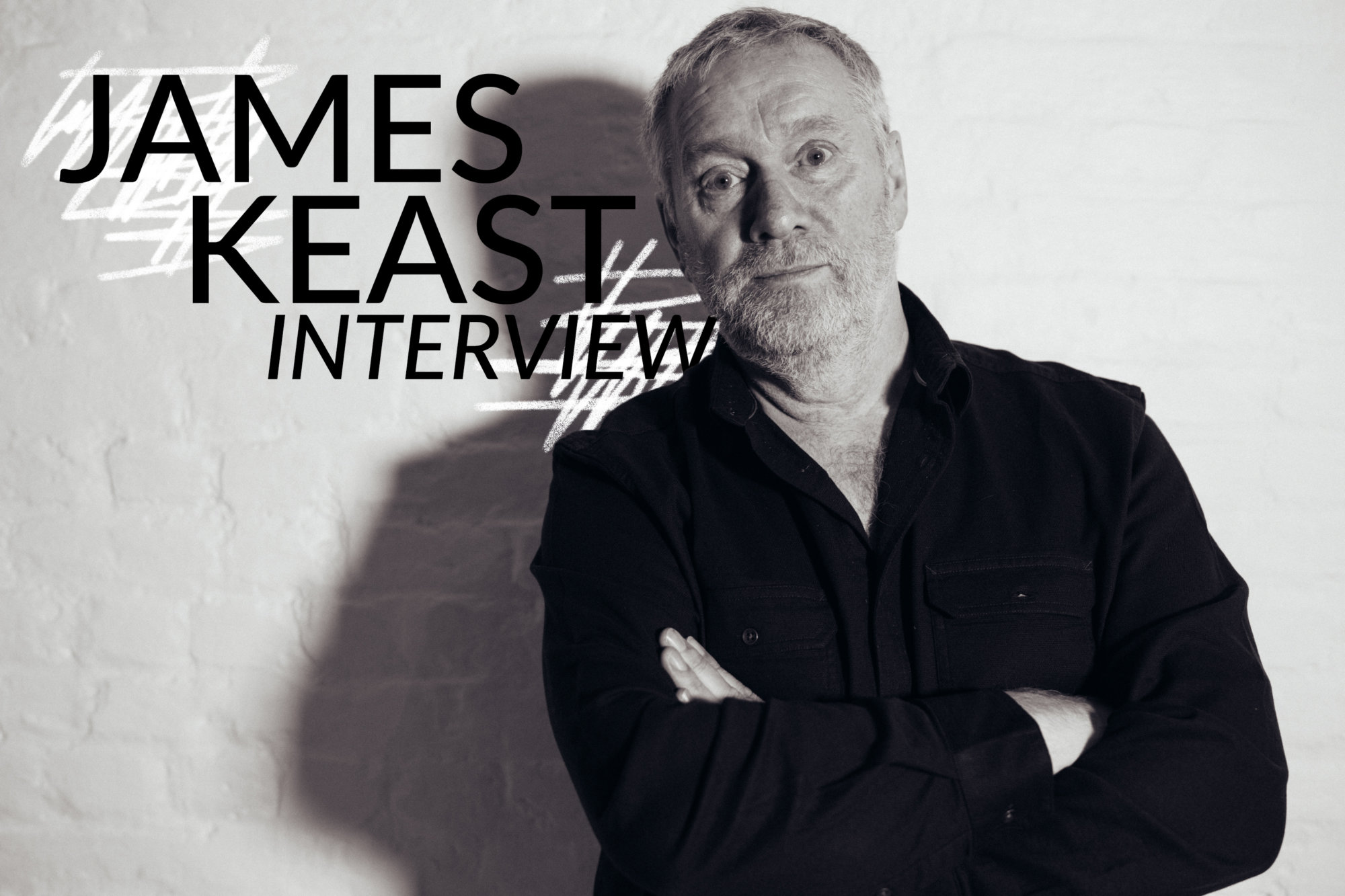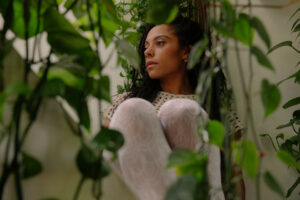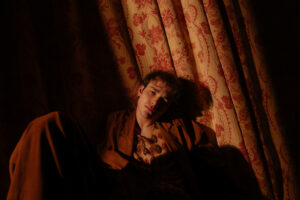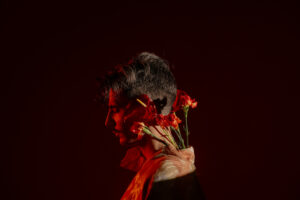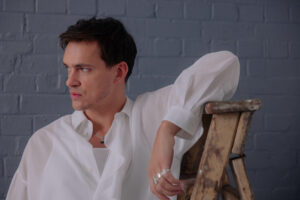Art is a form of expression.
Through art, we convey emotions, messages, hopes and thoughts.
Art is free interpretation.
It’s not only painting, sculpture, writing or architecture: art is everything that comes from our heart, the passion for what we do and the effort we put to see our dreams coming true. That’s why art is synonymous with every kind of creativity, including costume design, including precise research, the inspiration and the will to achieve unique results. All the above is the perfect description for the creations of James Keast.
James has worked on over 50 productions through his career, especially period ones, such as “Tess of the d’Urbervilles,” the first three episodes of “Victoria” and “Mr. Selfridge:” if you are lovers of modern TV series instead, you probably know “Luther” and his iconic look (and coat) conceived by James himself, who put aside the historical fabrics to enhance the personality of Luther even through his outfits.
James deeply loves his work and you understand it by the way he talks about it, from the pride with which he recalls his beginnings to the touching recalling of the fire that destroyed the costume truck on the set of “Tess of the d’Urbervilles,” revealing you anecdotes, production details and many inspirations that make him a costume designer with a unique vision.
When there is passion, the meticulous cure for every step of the creative process and most of all a great love for what you do, the result can’t be anything but emotions, and that’s what James does, he amazes you with every word and costume, while opening the doors of the beauty from the past and of the most sophisticated fashion. In other words, he makes you dream through his art: are you ready to be overwhelmed by his world?
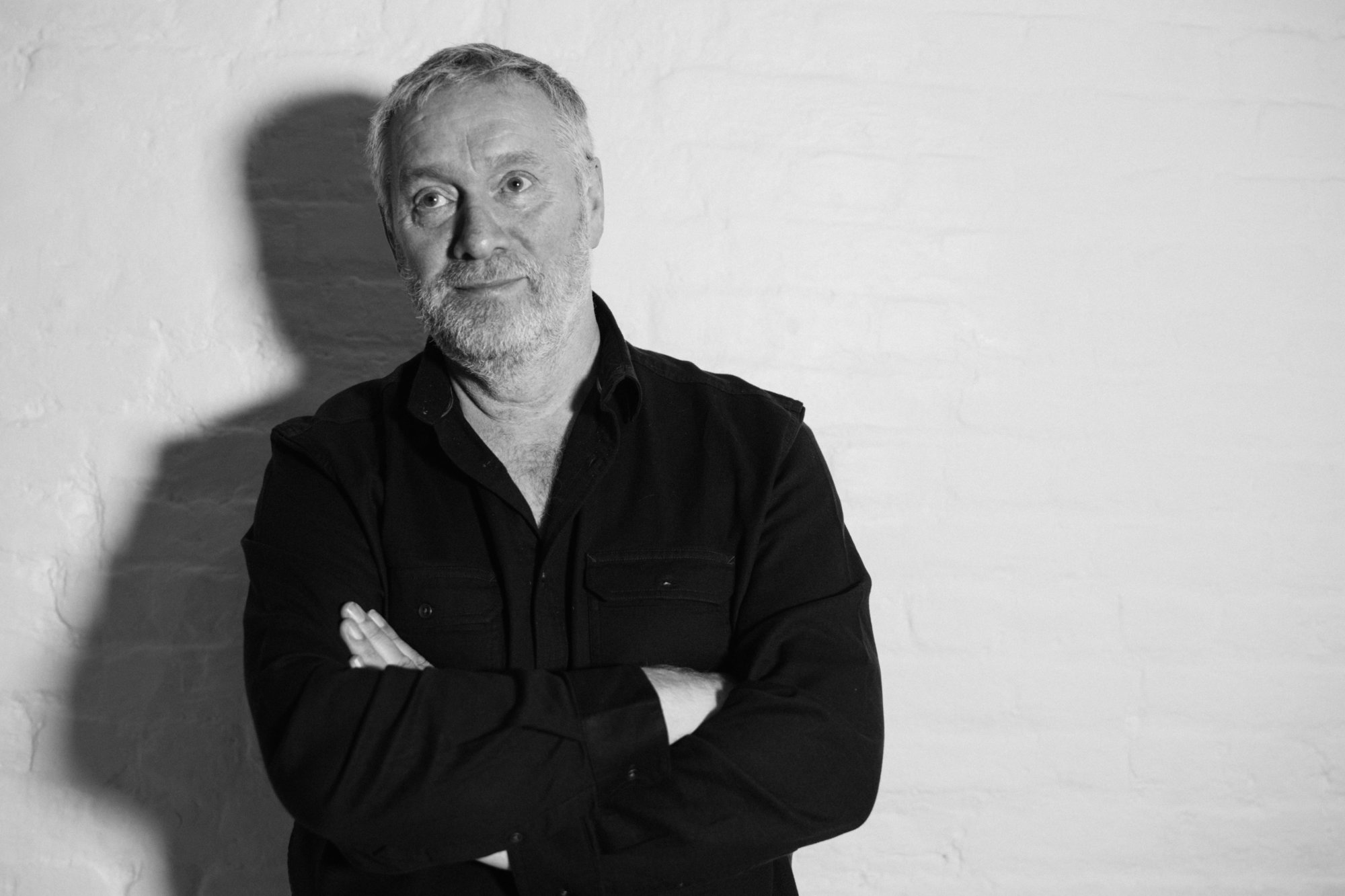
How did your passion for costume design begin? And how it did evolve during the years?
_____
Well, quite by accident. Because when I went to art school, I wanted to be a painter, but I am not a very good painter, my drawing is ok, but my painting is terrible. When I was at school, we used to get a day trip to go to places, so we would go to the theatre and for me, when we were at the theater, it was like looking at a live painting, it was fantastic, but I never thought I could ever do something like that.
So, when I went to art school I thought I could do something in the theatres and I decided to do a bit of theatre design and then I got a job in costume and that lead to another job, and another job. Then, suddenly, I was doing costumes. I love fabrics, textiles and things I thought “I could be in the system for the rest of my life, I don’t mind.” And here I am today. By accident.
I think that costume design is a kind of art, so you were able to translate your passion in something different but it is still an artistic work.
_____
Yes, but the passion came from the painting, the overall image, which is how I still work, to details of things I find fantastic. And I have a love for things that are done by people, made by hand. If I am doing a period production, I’ll try to find hand embroidery, rather than things machine-embroidered, or hand painted. And I just think somebody has sat and made that with great skill, a bit like in ceramics when people used to paint ceramics and they were just ceramic painters, nobody gave them any credit, but if you look at the work, it is fantastic and very creative. I am naturally drawn to embroidery.
Was there a particular experience during your career that was determinant for whom you’ve become today?
_____
Yes, and I find it will be very interesting for you. There is a feature film called “Death in Venice” which is made in Venice, and there is an Italian costume designer called Piero Tosi. Some costume designer friend I was assisting asked me who I thought was a good costume designer. And I said, “Well actually, I quite like this chap’s work” and he said, “Funnily enough, he is my favorite and if you ask other costume designers you’ll find he is every costume designers’ favorite.” And I thought “Oh, that is interesting.” So, I started to look at all his films and everything he has done, and I think he is fantastic. And that was the first time when I actually looked at somebody’s work in detail and I thought, “I’d like to be as good as that, I’d like to do that.” He is the costume designer who is my biggest influence in a way he still influences people’s life. I think there is an exhibition of his work in Rome at the moment [PIERO TOSI. ESERCIZI SULLA BELLEZZA. GLI ANNI DEL CSC 1988 – 2016, Palazzo delle Esposizioni].
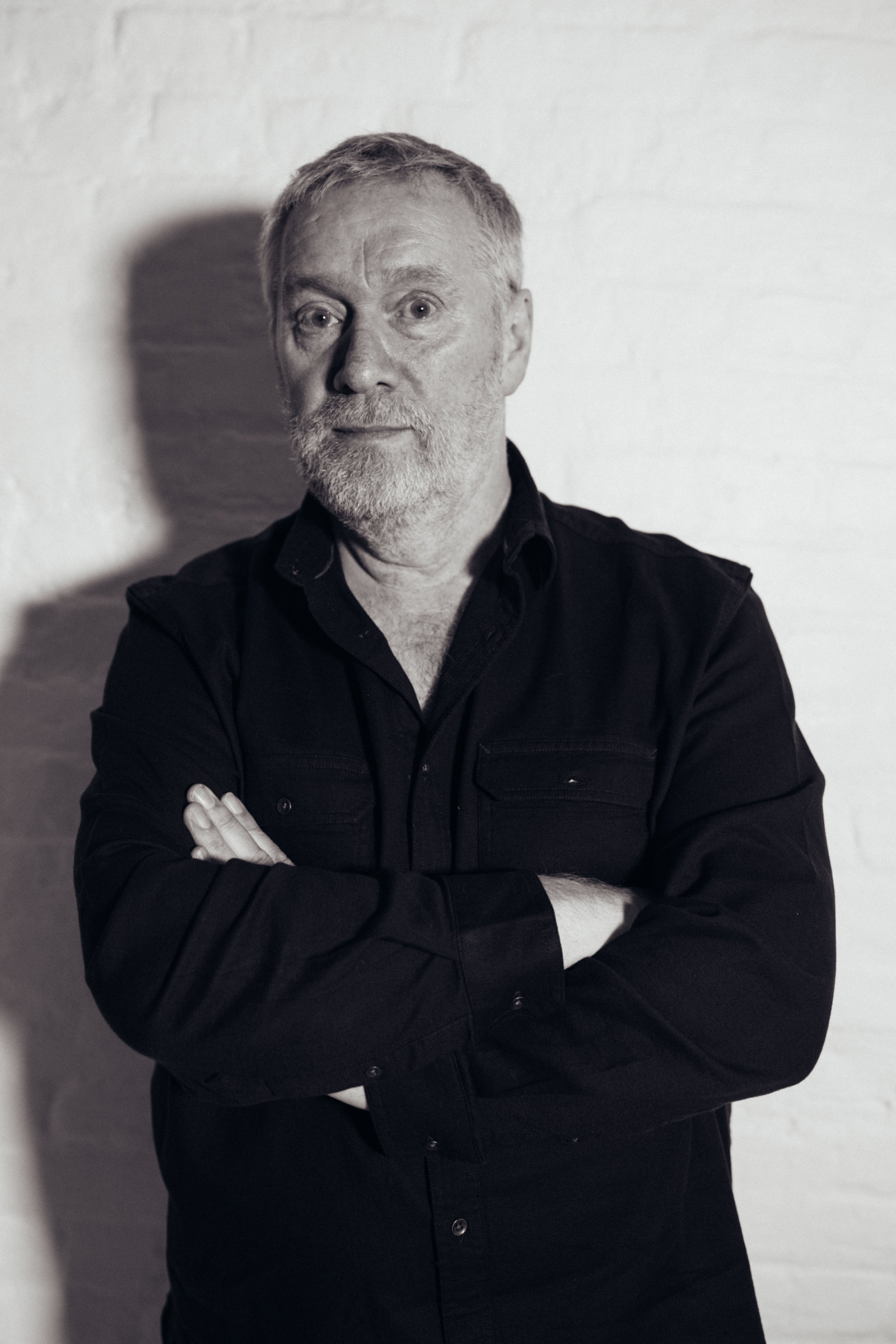
But when I first moved to London, I worked in the theatre production department where all the new costumes were made for the different productions. And that gave me the kind of skills to be able to stand back and observe. Working there and watching other costume designers gave me an insight into the costume: how it fits on the body, the character, the little details, what you would do, add to or take away from the character.
Those are my two biggest influences.
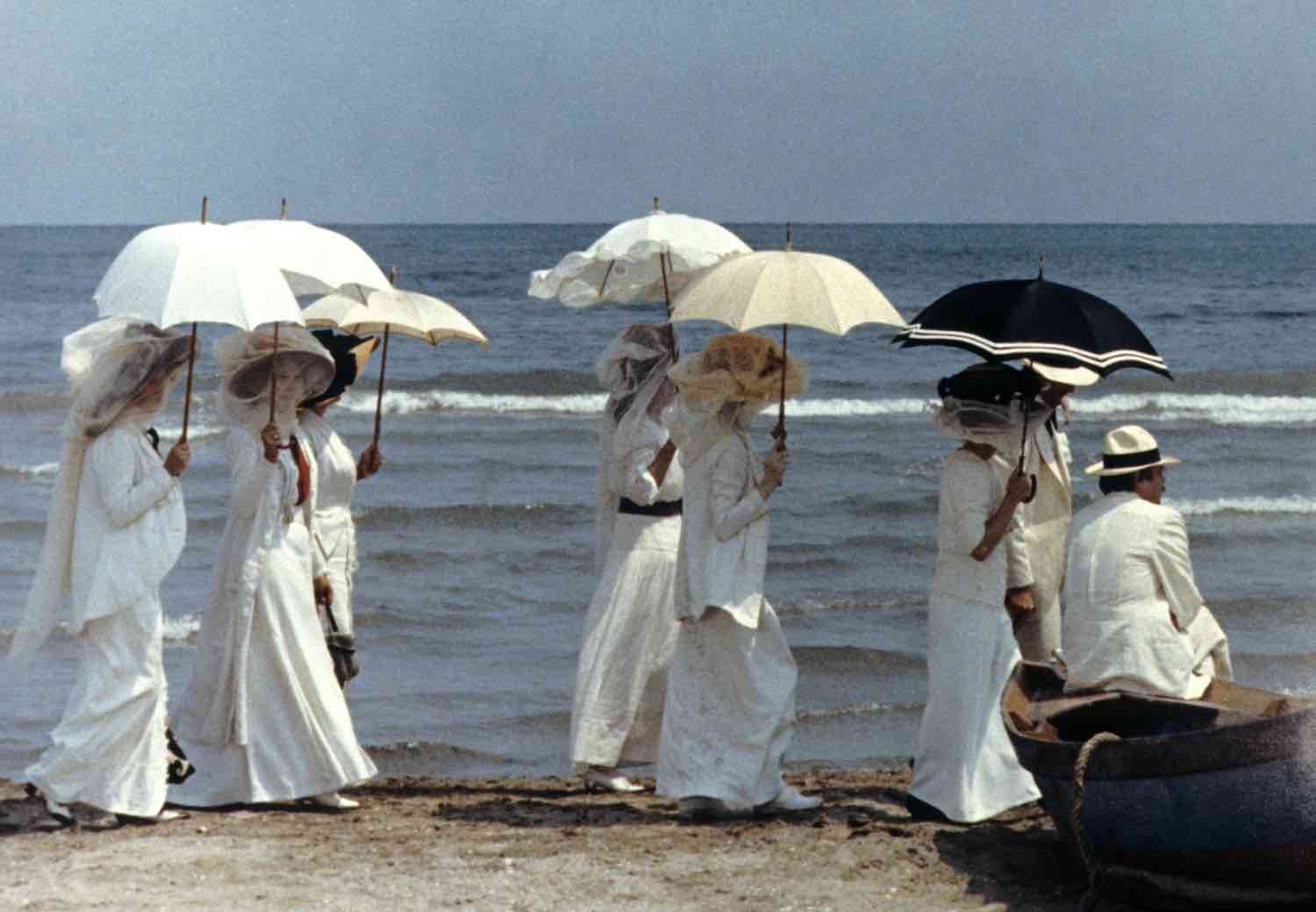
Your list of clients is impressive, you have worked on so many productions. What are the things that make you say yes to a project?
_____
The script. I have to say, if it is a period thing, it could be fantastic, but the script might be really bad. I think, if you work on a really good script, you get excited by the characters and it pushes you and takes you in a journey. If the script is not very good, it becomes just an exercise in dressing people in period costume. But to me, what I like is the detail and the character and finding little things, it doesn’t even have to look beautiful in your hand, but on a body, it will just suddenly transform a character. And those characters come from the script.
How do you carry on your researches on a period drama?
_____
In fact, it is really interesting that on the table here you have an Edward Hopper book, when I am teaching at Art Schools I ask all the students to look at people’s work and use that as a starting point and quite often they’ll use Edward Hopper.
I start with a reference, a painting or a painter of the period, I look at the painters, I look at the colors, I look at the textures within the paintings. In fact, there is another Italian painter called [Giovanni] Boldini, who is one of my favorites and I use him as a reference quite a lot for the colors, the textures that he uses in his paintings. So, I find something that is relevant to the production, that’s my starting point, I might never continue using that, I might move on and continue to find things that I think are more relevant. Sometimes when I am doing an individual costume I might start with some buttons or a piece of braid or something like that.
Do you also go to museum or art exhibitions to find inspiration?
_____
I go to all exhibitions because I then keep the catalogs since they are a fantastic reference. A lot of the painters have references in maybe forty different books and when there is a major exhibition all the paintings or at least the most important paintings are in one place. I went to Belgium to see an exhibition on Hans Memling and got the catalog from there, so I can use it as a feature reference. I would do that as much as possible. I always go to charity shops and buy art-reference books. That is my starting point, if I am at home I can sit and look through different books and I might find an image or something that would start me on that journey.
“I think, if you work on a really good script, you get excited by the characters and it pushes you and takes you in a journey.”
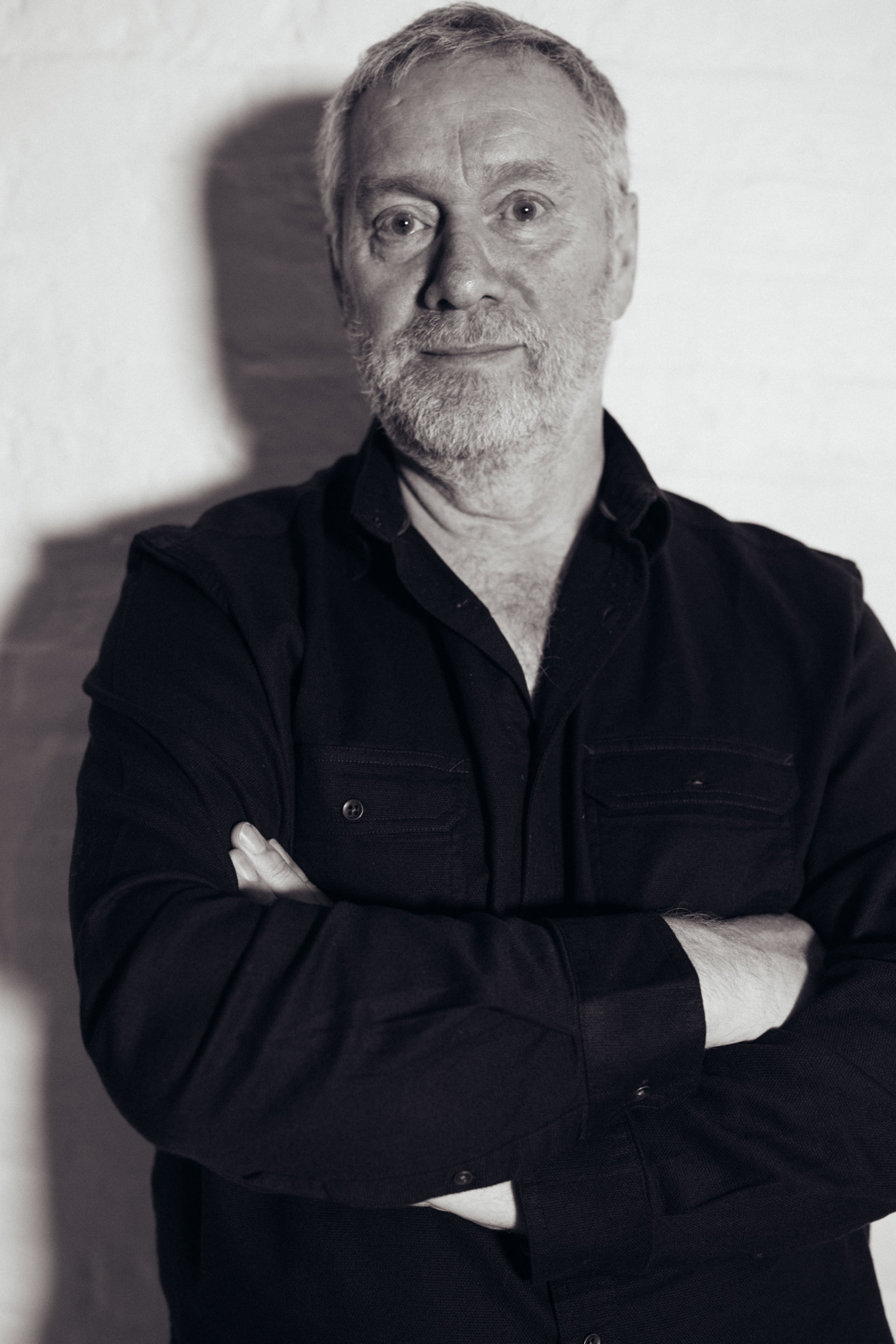
Did you also use paintings and works of art to take inspiration for your work on the Coronation’s dress of Victoria on the tv series “Victoria”? Because you were the costume designer of the first three episodes.
_____
The actual coronation cloak still exists and if you go to the Museum of London the dress is there and there is the reference for all the cloaks and everything she wears. What I did is I copied it as much as possible, but for instance, the cloak, if I had to have that embroidered would have cost me about £20K and the budgets, are never big. So, I find somebody that would photograph, and laser print the images on the fabric.
Then I’ve found another person that could, with a machine, embroider over the top of the laser printed images to give a bit of 3D, so when you see it on the camera you know that would look really embroidered, but it is actually done as cheaply as possible. I know that a friend of mine is doing the production of “The Crown” and part of the story is the investiture of Prince Charles, when he is made the Prince of Wales in Wales, and they have to make a reproduction cloak and it is costing them about £ 15.000. But they have quite good budgets on “The Crown,” they get really big budgets than anywhere else.
It is very easy to just copy things if you got lots of money, but you have to know when to stand back and you know where to spend the money and where not to spend the money. That’s the biggest challenge I think: where do I spend the money? In fact, the production I am working on now, it is very tempting to spend lots of money, but I know that in the last episode some people get killed, and I know I might need 5 or 6 extra costumes for repeats. So, I think I cannot spend that money I have to hold on to, and then they might change the ending, and nobody gets killed and I am left with this money that I could have spent but I didn’t. I don’t want to get people money back because then you get the reputation of being very cheap.
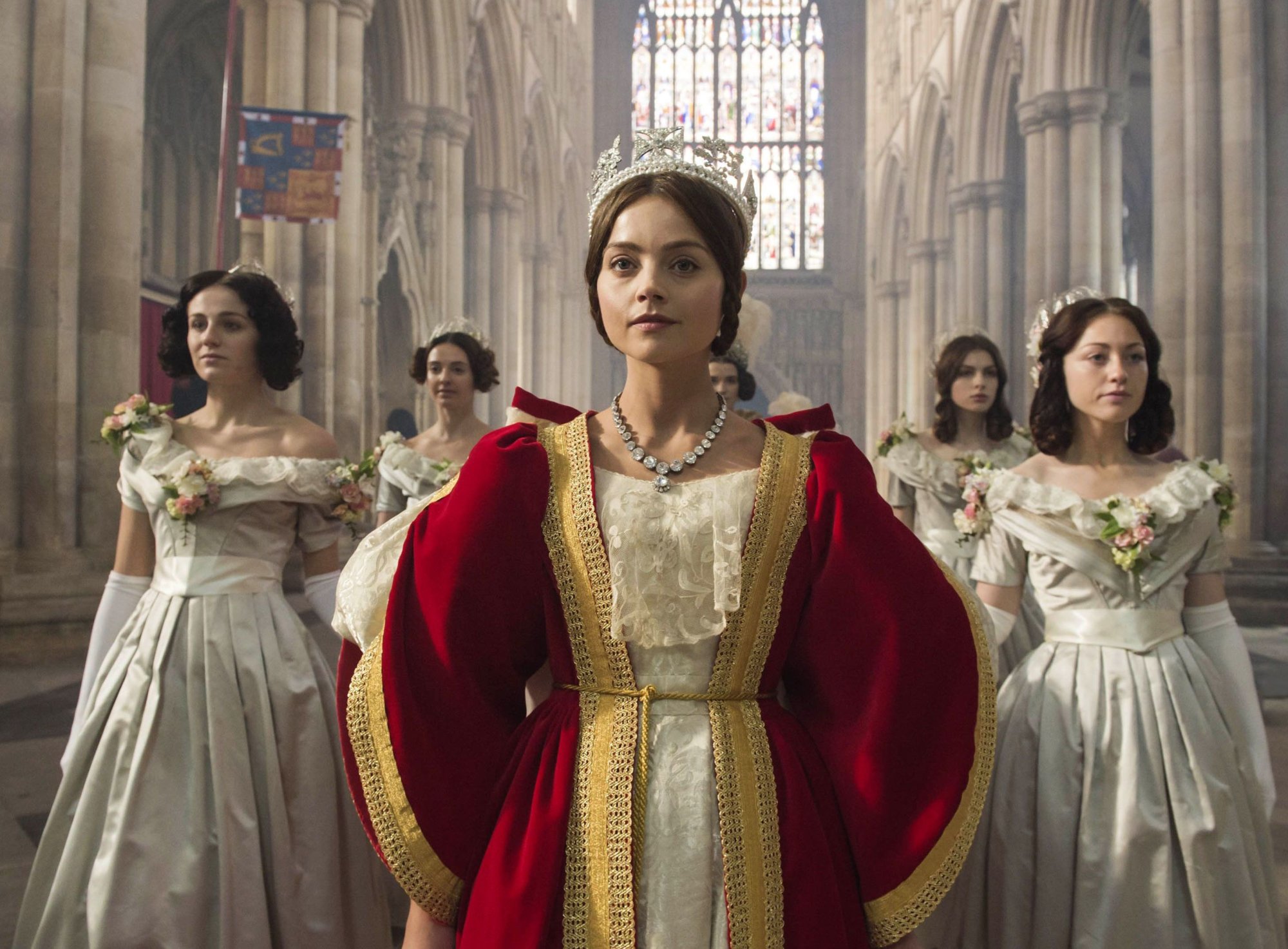
Also, unpredictable things happen on set, I read that on the set of “Tess of the d’Urbervilles” there was this fire that destroyed all the period costumes. What happened?
_____
I was staying in this B&B and the phone ranged at 2 in the morning and it was the location manager saying, “Hi, just thought I’d let you know that your costume trucks have been on fire, everything is burned and there is nothing left, and I don’t know what to do, and I thought you better know.” I didn’t answer the telephone because I thought who is phoning me at this time. I laid in bed and thought, “I better phone him.” And I phone and said “Are you joking? Because if you are joking, I am not happy, I have to get up in three hours time.” He says, “No, I’m serious. I didn’t know how to say to you because I never had this before.” I put my clothes on, got to the location and the whole of the principal costumes truck, everything had been burned to the ground. I had a collection of period jewelry that I had been collected for 45 years: all sorts of things, probably about a hundred thousand pounds worth of stock that was mine plus, probably more importantly, all the costumes that we had already been filming with and some of the locations we would do maybe half of the scene then the other half of the scene would be in another location a week later. Those costumes had been destroyed, and some of them were original Victorian costumes.
Meanwhile, I just jumped in my car, drove up to London, which is 150 miles away, I managed to get another assistant who went to all the suppliers for fabric to get more fabric, went to the makers and beg them to make things as quickly as possible. In those days you would take Polaroid photographs of the costumes for continuity, but the continuity file got burned as well. It was all things I try to remember or trying get to the editor and find footages that had been done, to try copying things. I had to keep catching up and I didn’t catch up until the very end of the filming. And we couldn’t stop because the leading lady was Gemma Arterton and she was leaving to start a film called “Prince of Persia: The Sands of Time,” we finished with her on Friday and she started filming that on Monday, so we couldn’t stop filming for two weeks and catch up, we had to keep filming.
When I look at it, I think you can’t see the joints, you can’t see where I cheated, but sometimes I feel I’ve used things that I would not normally use because that was all I can find at the time. I kind of keep away from it. Ten years later I am more upset that I’ve lost a lot of really interesting jewelry and things like that. I still think, when I am doing a period thing, “Oh, I’ve got that… Oh no, I haven’t” and things like that. Or I’d say to one of my assistants “In one of my jewelry boxes is a stick pin for a cravat” and I’d described it and she would come back saying, “I am really sorry, I cannot find it” and I’ll say, “Oh no, it’s not there…” Even now, I am still looking for things I think I have. Yes, it was a very difficult time, but I still managed to do it.
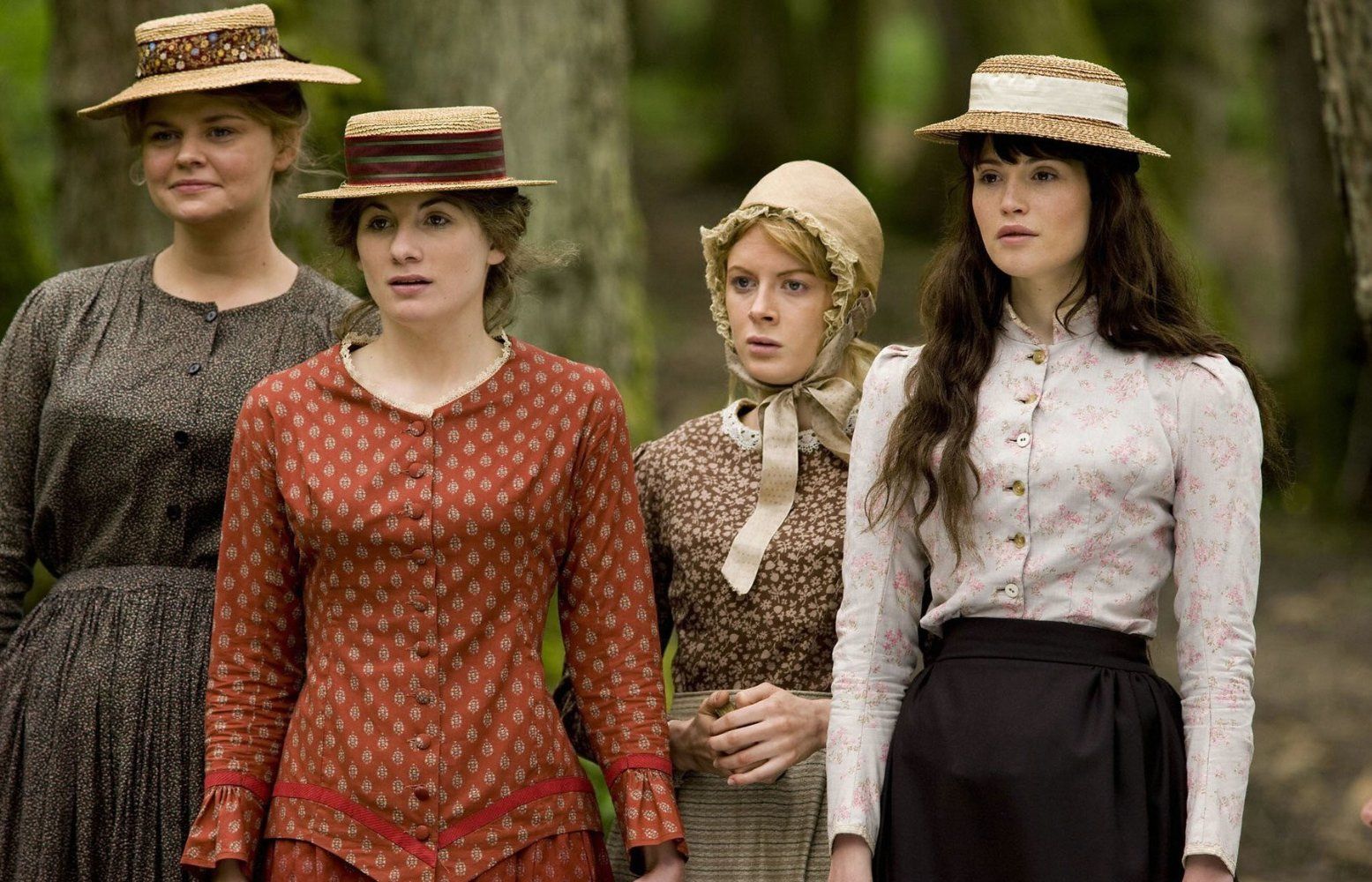
“Yes, it was a very difficult time, but I still managed to do it.”
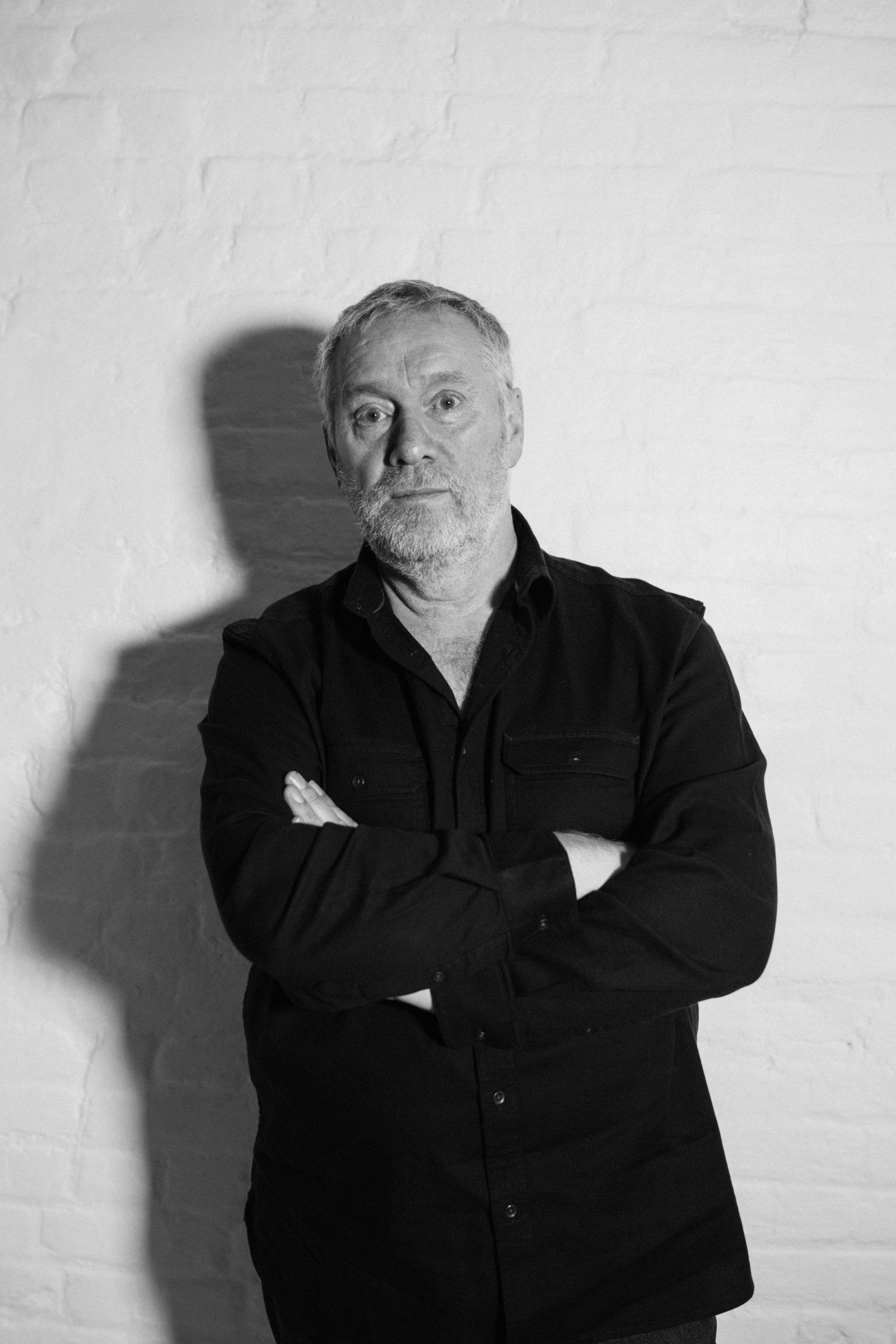
Is there a memory from a set that you still remember because it was particularly emotional or beautiful?
_____
I think it is not costume-related; it is just watching somebody and knowing that it is coming from my heart. There is an actress called Julie Walters, she is very big here, and I’ve known here for a long, long time because I’ve worked with her a lot over the years. I did a thing with her, called “The Ruby in the Smoke:” we were laughing and joking about some filming we had done before and I said, “do you remember when we did such and such” and she was “Oh my god yes, that was hysterical!” Then they called her into the set and [snapping fingers] she just did this, and then she did this scene, and it was fantastic. And you’d just sat and watch her and think “Gosh.” I know the script, I’ve read a hundred times and I am still crying because she is so fantastic. The thing about it is that she was laughing and joking one minute, and then could focus on what she was doing, some actors have to focus on what they are doing all day. Other actors are different, but it was just watching her, time and time again, watching her do things and think “no wonder people like you because you are very good, but you are very nice.”
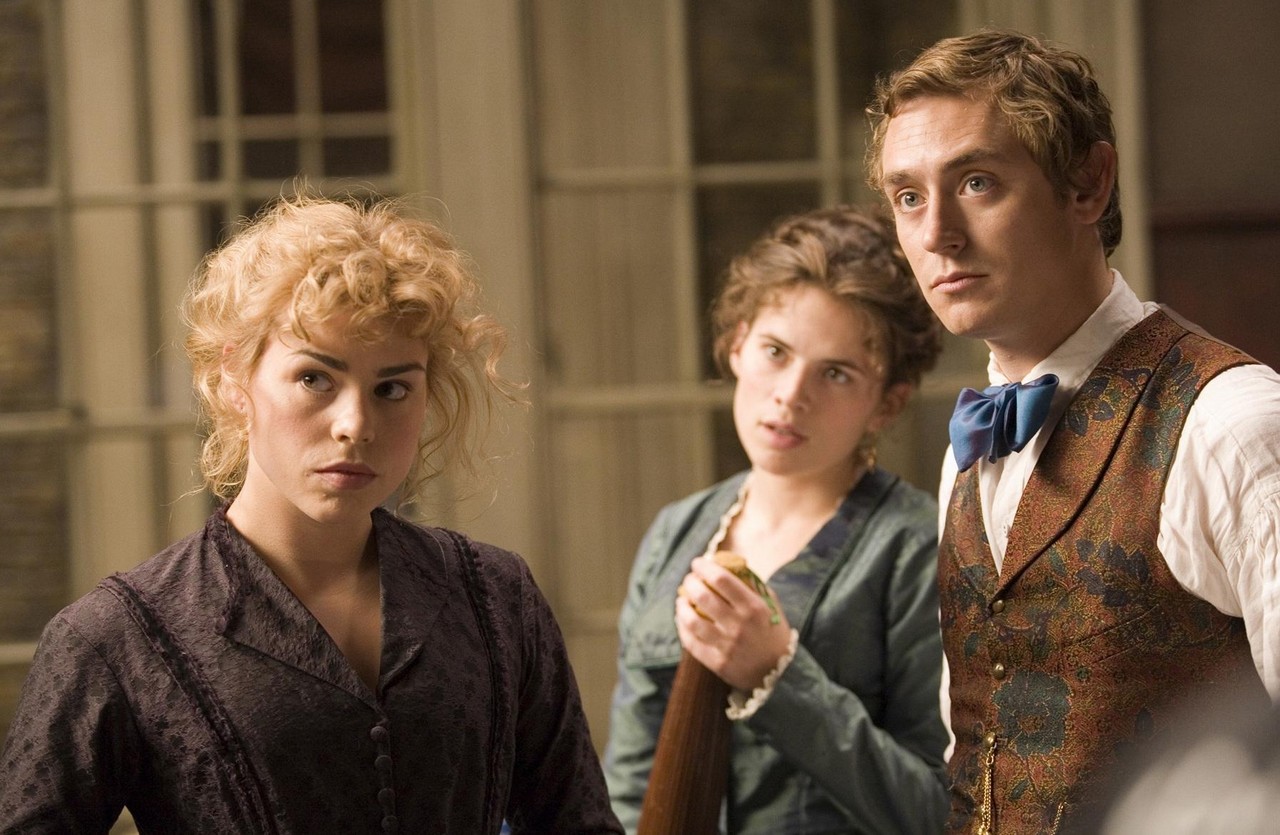
“It is just watching somebody and knowing that it is coming from my heart.”
Let’s talk about your contemporary works: what made you say yes to “Luther”?
_____
When I got the script for the first episode I thought “hmm, another police series… Who is playing the lead part? Oh, he’s that chap called Idris Elba.” I was still not very interested, but I went to see him and I said, “If you do this, it has to be different. I have to have a bit of fun and I have to have a reason for making things look real but different.” So, they said, “That’s what we want you to do.”
There is a Ukrainian photographer called Borys Mykhailov who takes the most fantastic but really distressing photographs in Ukraine and Russia, and his use of color and pattern within what he does is where I started. But then we had Idris Elba, I met him and I thought, “Oh, you are much too good-looking. You have got a fantastic figure, I don’t know what to do with you.” Because if you put him in a suit he looks like James Bond, ironically, or he looks like a male model because he’s got very good proportions.
Although the suit looked fantastic on him, I didn’t feel it was right, because the character is almost on the edge of everything, we see him on the edge of buildings, he is always on the edge. I thought we had to give him something that he would get away with it as a policeman, but he is not the typical policeman. This is how we got the look from. Although you kind of think he is wearing a suit or something smart, he is not, he is wearing a pair of jeans and a jacket from a different kind of shop and a coat from a different shop. But the look became “Luther” and ever since then you are stuck with that.
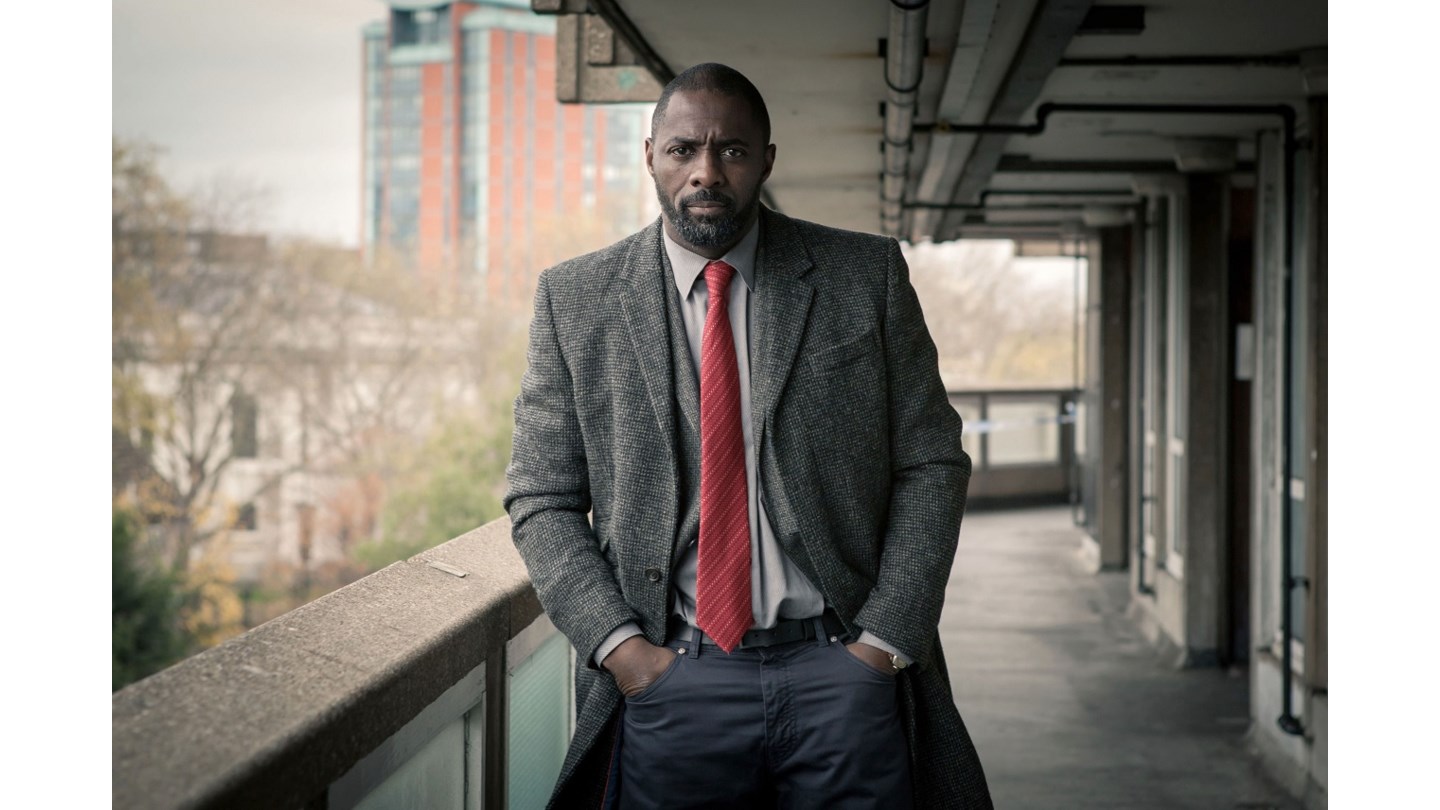
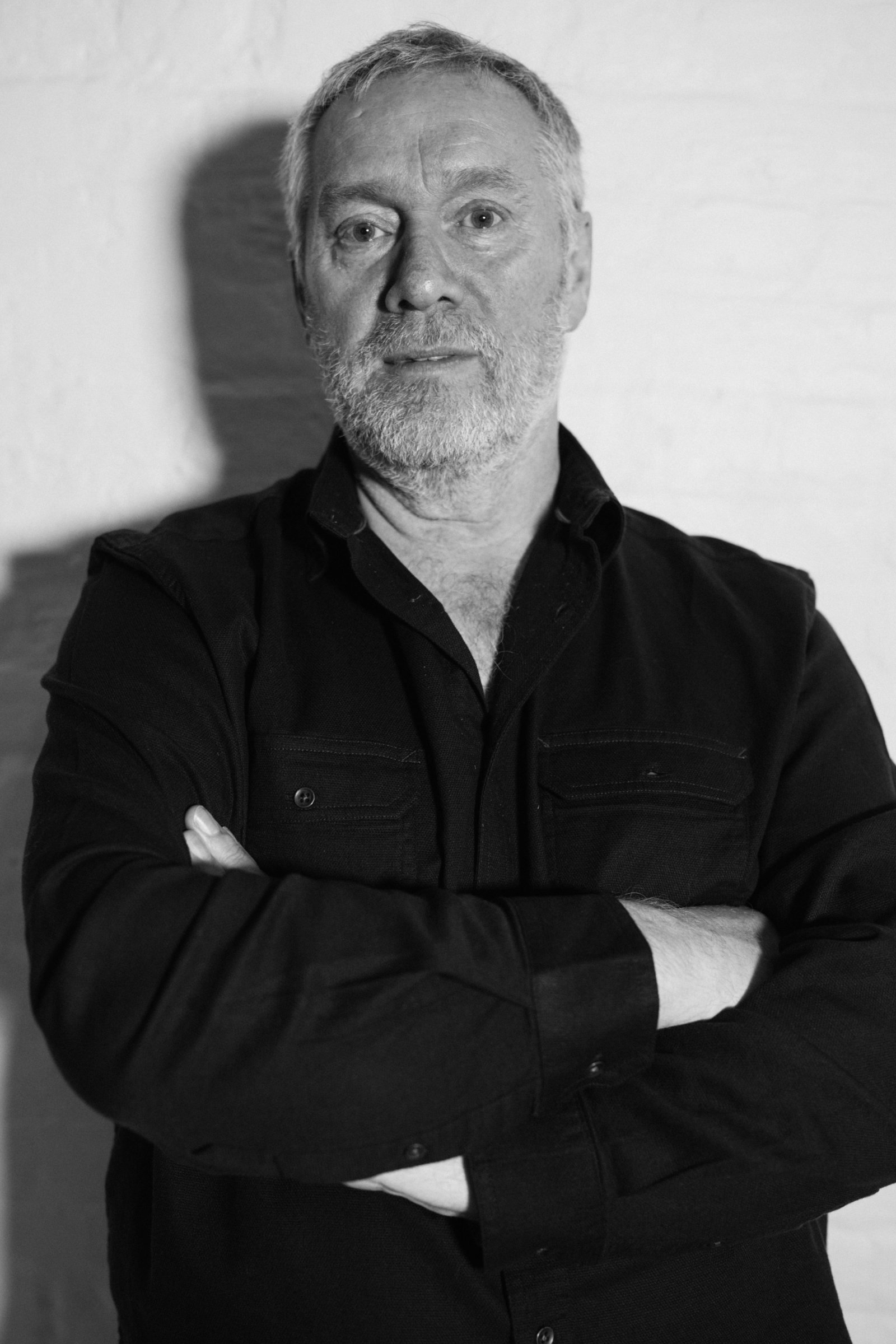
“Although the suit looked fantastic on him, I didn’t feel it was right, because the character is almost on the edge of everything.”
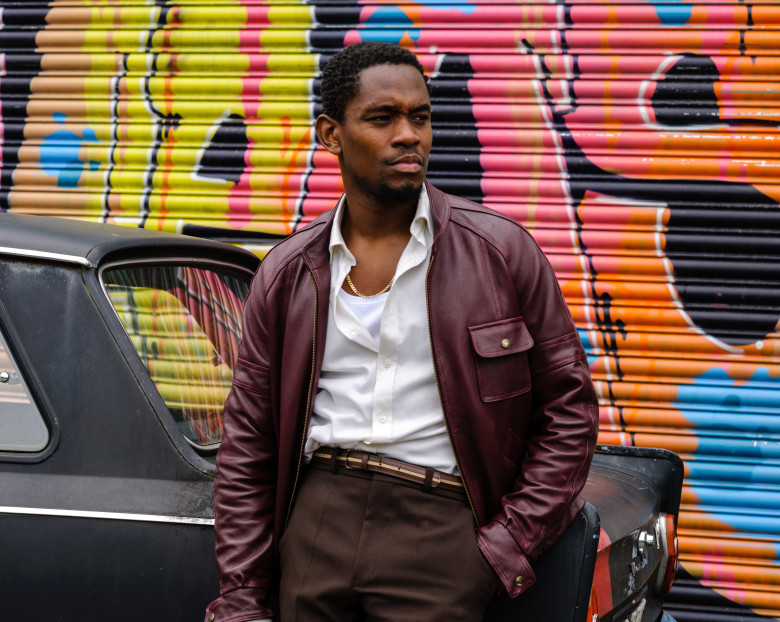
That was the reason, otherwise I really hate doing modern because if I dress you, or you, and I put you in what I think you looked good in, it is not necessarily what you like wearing or feel comfortable wearing, and then you ask somebody’s else opinion and they would have another opinion. When you are doing modern productions, you’ve got to compromise between the producers, the directors, the actors, the budget and yourself. That’s quite stressful.
You have worked with Idris Elba also on “Yardie.” How was him as a director and how did you work on the styling?
_____
Because I know him, there is no fear, for me, he is just Idris Elba, he is not a big movie star or a big famous director, I’ve kind of known him for so many years. It’s easy to go to him and have a conversation about the character and about the look of it. I like working with him a lot. I think that next year there is talk about making a “Luther” feature film, but… I think the next time he is available it’s August so it wouldn’t happen until later in the year.
But the “Luther” series that is coming out I think it is probably one of the best, the script is very dark, and frightening but in a different way.
What is your favorite historical period?
_____
My favorite period ever is the early 1950s and I have never done anything early 1950s. Because it came after the war when there was austerity and suddenly you have Dior with his new look, and it was huge. Then you get to the early 50s and it kind of goes the opposite to really tailored, narrow, and I love that shape, I love that look and I love the men clothes, especially the Hollywood ones. I love all the fabrics and all textures, and I am addicted to them. There is a television channel on British television that just plays old films, and I get up at 4 in the morning if I am at home not working and watching old films. So, I watched a film with Laurence Olivier, “Rebecca,” it was fantastic. I just sat watching it at 4 with my dog on my lap until the end, waiting for the sun to come up because it is dark up in Scotland at the moment. I am addicted to old black and white films where you don’t know what colors people have used, but they have pushed textures and shape add to that details. That’s what I notice, which is great.
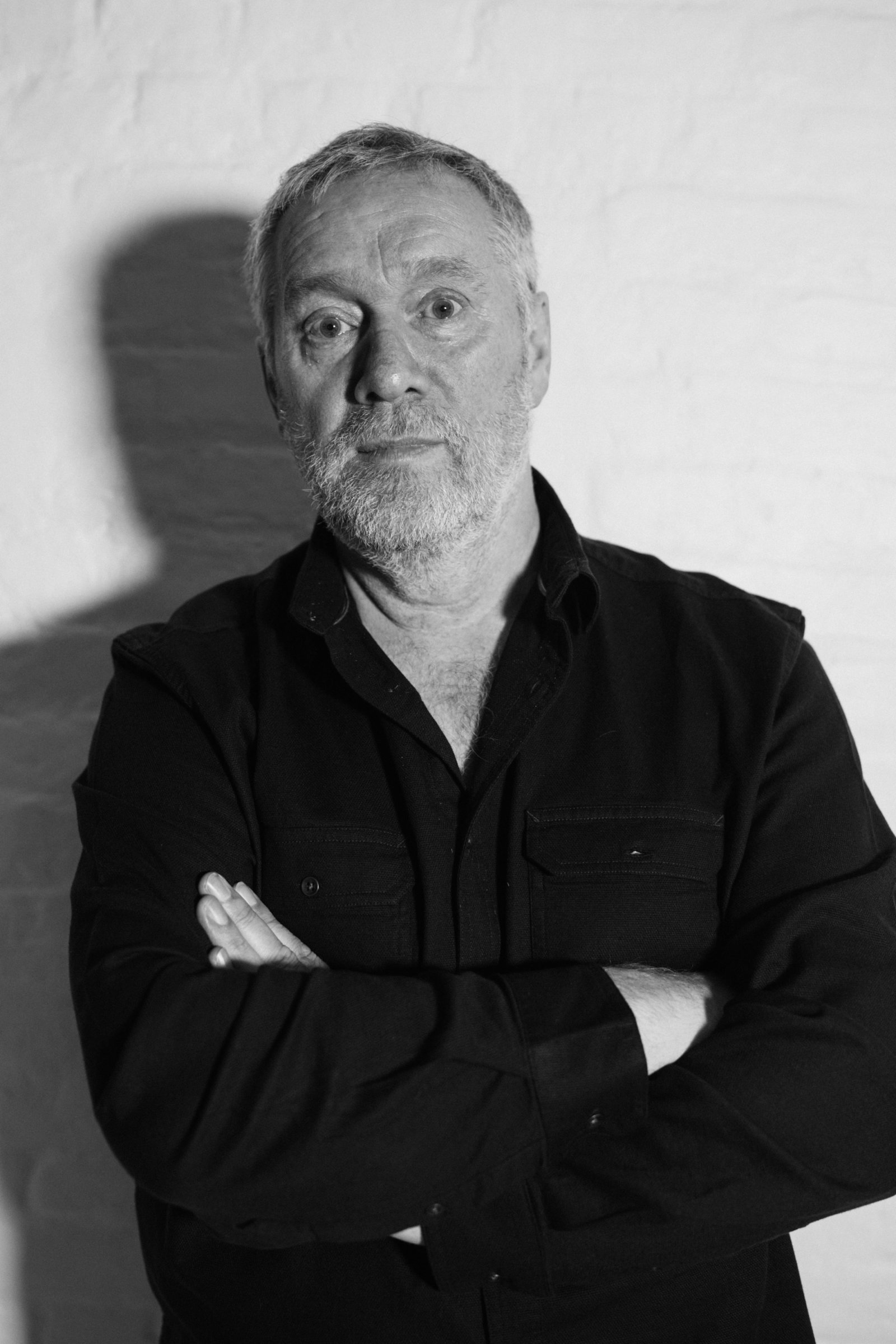
“I am addicted to old black and white films where you don’t know what colors people have used, but they have pushed textures and shape add to that details.”
Do you have a favorite historical movie?
_____
“Some Like It Hot.” In “Some Like It Hot” the costumes are fantastic, Marilyn Monroe is not period looking, she doesn’t look right for the period, but she just looks fantastic. How can you not be amazed by that? That is costume designing rather than clothes designing, that’s the difference.
What is your must-have while working on a costume?
_____
I think it is the fabric. I get excited by fabric or the trimming. If I find a beautiful piece of braid or a piece of embroidery, in my head I can’t settle for second best and I’ll search out until I find it, until I find something that has the same feeling. The fabric is my main thing, I did woven textiles at art school as well, I used to do weaving and I did print textile, I can do printing, which is why I knew how to print the fabrics for “Tess of the d’Urbervilles.” But if I am walking around the shops, I just touch things, the color, textures and the fabrics. And I know I have been followed by detectives who think I am stealing but I just do it automatically. I don’t know, it is just something that you like.
I have a whole collection of fabric period and modern that takes over maybe ten chests of drawers and wardrobes in my house, people come to stay and say, “there is no room in my chest of drawers to put my clothes nor the wardrobe” because it is full of fabrics.
What’s next for you?
_____
The next project is a series called “Belgravia,” it is written by Julian Fellowes who wrote “Downton Abbey.” He has written both the book and the script and it starts in 1815 in episode 1 and then the story jumps forward to 1841. There are 6 episodes, we will finish filming in July so it will probably come out next autumn. I don’t actually start until February when I finish what I am doing now, so I don’t think they have any cast yet. I am looking forward to that. I know that with this production it will look exactly the period detail because that’s how Julian Fellowes writes, it is the etiquette and the details that he likes and he writes.
The other thing is I never quite feel as though I’ve learned my job yet, even though I’m 950 years old I am still learning. There is so much to learn and so much to learn from other people, you learn to do it well or you learn to do it badly. So, when I grow up, I am going to be a costume designer.
“When I grow up, I am going to be a costume designer.”
Photos by Johnny Carrano.
Hosted by Airbnb.

